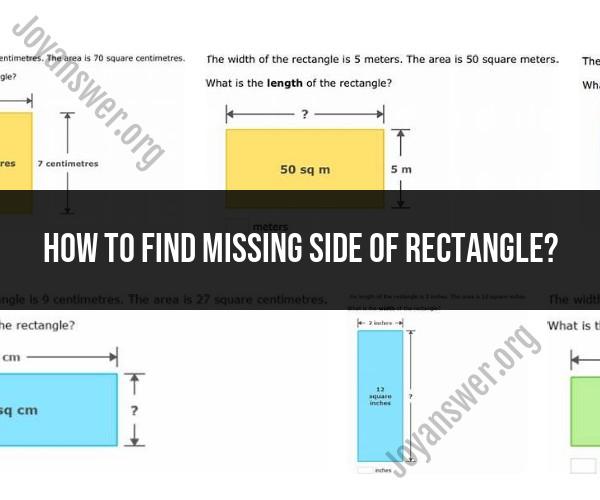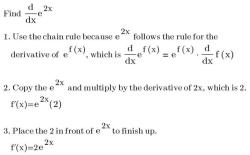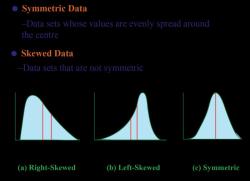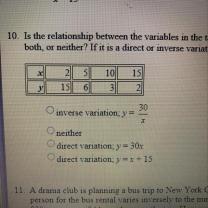How to find missing side of rectangle?
To find the missing side of a rectangle, you can use the rectangle's properties and information you have about the shape. Rectangles have two pairs of equal-length sides, with opposite sides being equal in length. Here are the steps to find the missing side:
Identify Known Information: Determine what information you already have about the rectangle. You need at least one dimension (length or width) and the area or perimeter to find the missing side.
Understand Rectangle Properties:
- The area of a rectangle is calculated as length × width.
- The perimeter (the distance around the rectangle) is calculated as 2 × (length + width).
Use the Area to Find the Missing Side:
- If you know the area of the rectangle and one side (either length or width), you can find the missing side. For example, if you know the area (A) and the length (L), you can rearrange the area formula to find the width (W): W = A / L.
- If you know the area and the width, you can find the length: L = A / W.
Use the Perimeter to Find the Missing Side:
- If you know the perimeter of the rectangle and one side (either length or width), you can find the missing side. For example, if you know the perimeter (P) and the length (L), you can rearrange the perimeter formula to find the width: W = (P / 2) - L.
- If you know the perimeter and the width, you can find the length: L = (P / 2) - W.
Apply the Formulas: Substitute the known values into the appropriate formulas from steps 3 or 4 to calculate the missing side.
Let's illustrate these steps with an example:
Example: You have a rectangle with a length of 10 units and an area of 50 square units. Find the width.
- Known Information: Length (L) = 10 units, Area (A) = 50 square units.
- Use the Area Formula: W = A / L
- Substitute the Values: W = 50 / 10 = 5 units
- Answer: The width of the rectangle is 5 units.
You can apply a similar process if you have the perimeter instead of the area. Just make sure to use the appropriate formula based on the information you have.











